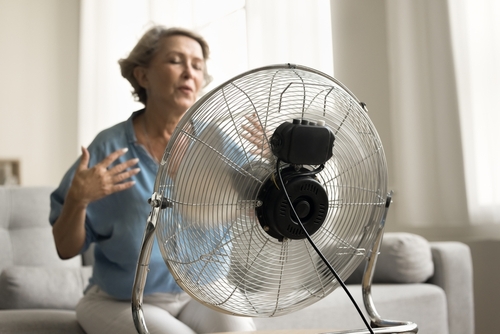Federal funding for low income energy assistance gutted

While the average cost of home heating is down significantly nationwide, according to the National Energy Assistance Directors Association (NEADA), a $2 billion cut to the federal Low Income Home Energy Assistance Program (LIHEAP) isn’t helping those low income families who are struggling more than ever to pay their heating and cooling bills.
“For those families with incomes of less than $50,000 the total number of families that were unable to pay their home energy bill at least once in the 12 months increased 34.9 percent to 38.3%,” NEADA and the Center for Energy Poverty and Climate said in a recent joint statement. “Similar patterns were shown for families that reported foregoing basic necessities to pay their energy bills as well as keeping their homes at an “unsafe temperature.”
Temperature is one of the few bright spots in their most recent data, though. Since winter 2023, the average cost of home heating in the U.S. dropped 12.1 percent to $836, as all fuel sources declined in price. Even then, however, if inflation was factored in, the price of home heating was about the same as it was at the beginning of the pandemic.
According to a March 2024 Household Pulse Survey, the percentage of all families unable to pay their home energy bill at least once in the last 12 months increased from 21.3 percent in March 2023 to 23.5 percent in March 2024. As of last month, that included more than 33 percent of households with children, 38 percent of low-income households and 33 percent of households of color. Those trends held fairly consistent – it was nearly always worse for households with children, low-income households or households of color.
Headed into the warmer months, NEADA estimated the cost of cooling will continue to increase as rising summer temperatures continue to break national records. Put to numbers: last year, the cost of summer cooling rose 11.7 percent to an average of $578, up from $517 in summer 2022.
At the same time, the recently passed Labor/Health and Human Services bill saw LIHEAP funding slashed from $6.1 billion to $4.1 billion. As a result, NEADA noted, states will reportedly move to reduce crisis assistance related to winter heating bills, cut back on weatherization assistance and either reduce or end cooling programs entirely. Given that the National Weather Service reported that extreme heat causes more deaths annually than any other weather event, NEADA and CEPC found this particularly alarming.
The organizations concluded their report with a call to Congress and the Biden administration to address the long-term need for affordable cooling and heating.
“We already know that states will not have enough funds this summer to pay for the rising need for air conditioning,” the organizations wrote. “Without a significant increase in investment, the program will continue to fail our most vulnerable households every summer.”
Although the Biden administration recently requested $4.1 billion for fiscal year 2025, it is not, in the organizations’ assessment, anywhere near enough to keep up with rising temperatures and fluctuating energy prices. That could leave the elderly, disabled and low income families paying the price, NEADA and CEPC said.
